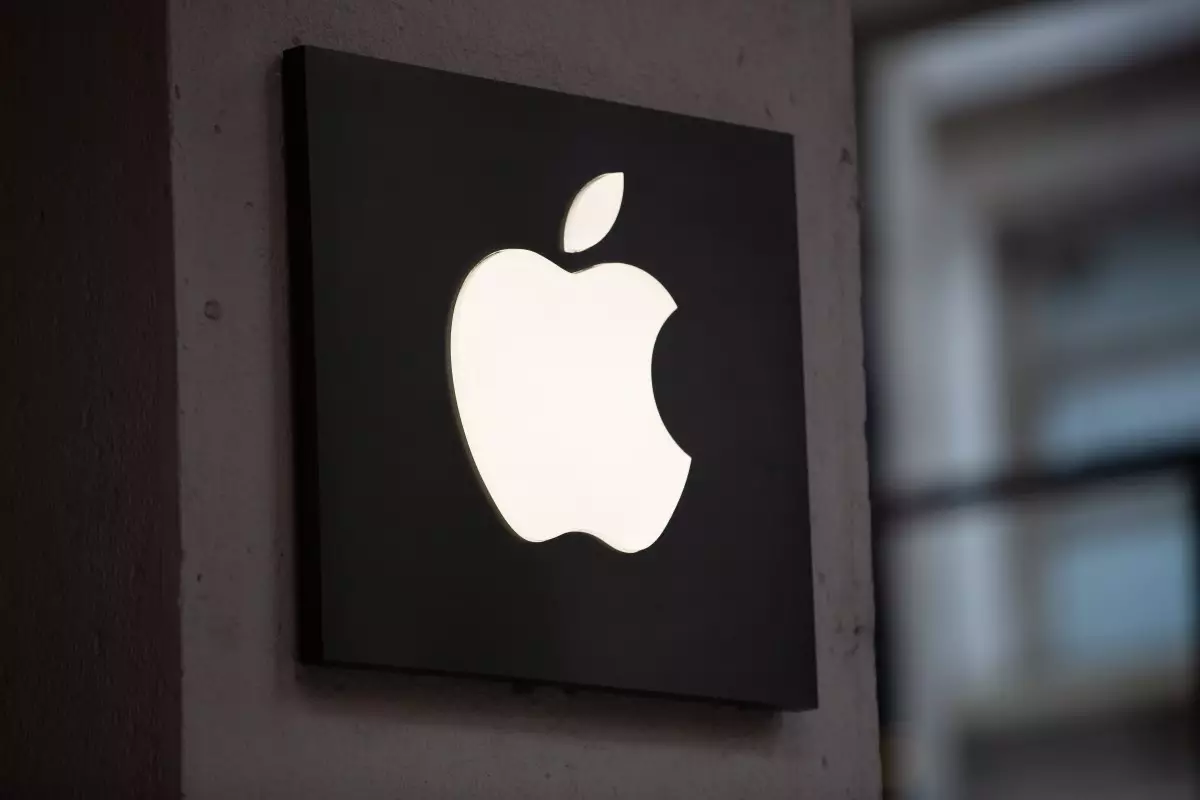Apple’s Worldwide Developers Conference (WWDC) is set to take place from June 9 to June 13, bringing forth a wave of anticipation within the tech community. The theme, “On the Horizon,” suggests that Apple is aiming not just to showcase new products but also to provide glimpses into the future of technology. This year, the conference will feature hybrid attendance modes, introducing online group sessions for the first time—an indication of Apple’s commitment to inclusivity and broader participation.
Operating System Overhaul: A New Era
Among the much-anticipated offerings is the unveiling of new iterations of Apple’s renowned operating systems: iOS 19, iPadOS 19, watchOS 12, macOS 16, and the futuristic visionOS 3. These updates are not just tweaks; they are expected to breathe new life into Apple’s ecosystem, emphasizing a cohesive design language that aligns with their visionOS. Reports indicate significant visual reforms, including redesigned icons, app layouts, and navigation systems that promise to enhance user experience substantially. Apple’s inclination towards a streamlined interface should alleviate user frustrations experienced in previous versions, which often felt cluttered and confusing.
The Emergence of Apple Intelligence
In addition to operating system updates, Apple is poised to introduce several features under the umbrella of Apple Intelligence. Despite some past hiccups with AI-related initiatives, including the problematic rollout of intelligent summaries, the tech giant seems undeterred. Upcoming features, such as intelligent battery management and a virtual health assistant, are targeted at enhancing both device efficiency and user well-being. While the rollout of these features holds great promise, the recent past reminds us that Apple’s journey into AI has been rocky. Achieving balance and accuracy remains paramount if Apple wants to regain user trust in this arena.
AI-Powered Development Tools: A Game-Changer?
Furthermore, whispers of an AI-powered coding tool in collaboration with Anthropic signal a strategic pivot towards empowering developers. If successful, such tools could redefine the app development landscape, allowing developers to harness AI to streamline their workflows. In a world where time and efficiency are critical, empowering developers with advanced tools could stimulate innovative applications that leverage the full capacity of Apple’s latest offerings. The anticipation of this announcement indicates Apple’s recognition of the importance of equipping developers with cutting-edge resources to stay ahead in a highly competitive tech environment.
Challenges Ahead: The Blind Spots of Apple’s Ambition
However, despite these advancements, there are challenges looming on the horizon. The introduction of features has often been marred by missteps and delays, such as the much-anticipated Siri overhaul that has yet to materialize. Users remain critical of the perceived slow progress in rolling out genuinely transformative AI capabilities. As Apple navigates this new tech landscape, it must prioritize transparency and consistency to regain its footing in the trust department, particularly in its AI initiatives, which have faltered in execution thus far.
As Apple prepares to unveil its latest developments at WWDC, the excitement is palpable, yet mixed with a degree of skepticism derived from past experiences. The company’s ability to merge innovation with practicality will ultimately determine whether it can keep its users and developers firmly aligned on the path towards technological advancement.

